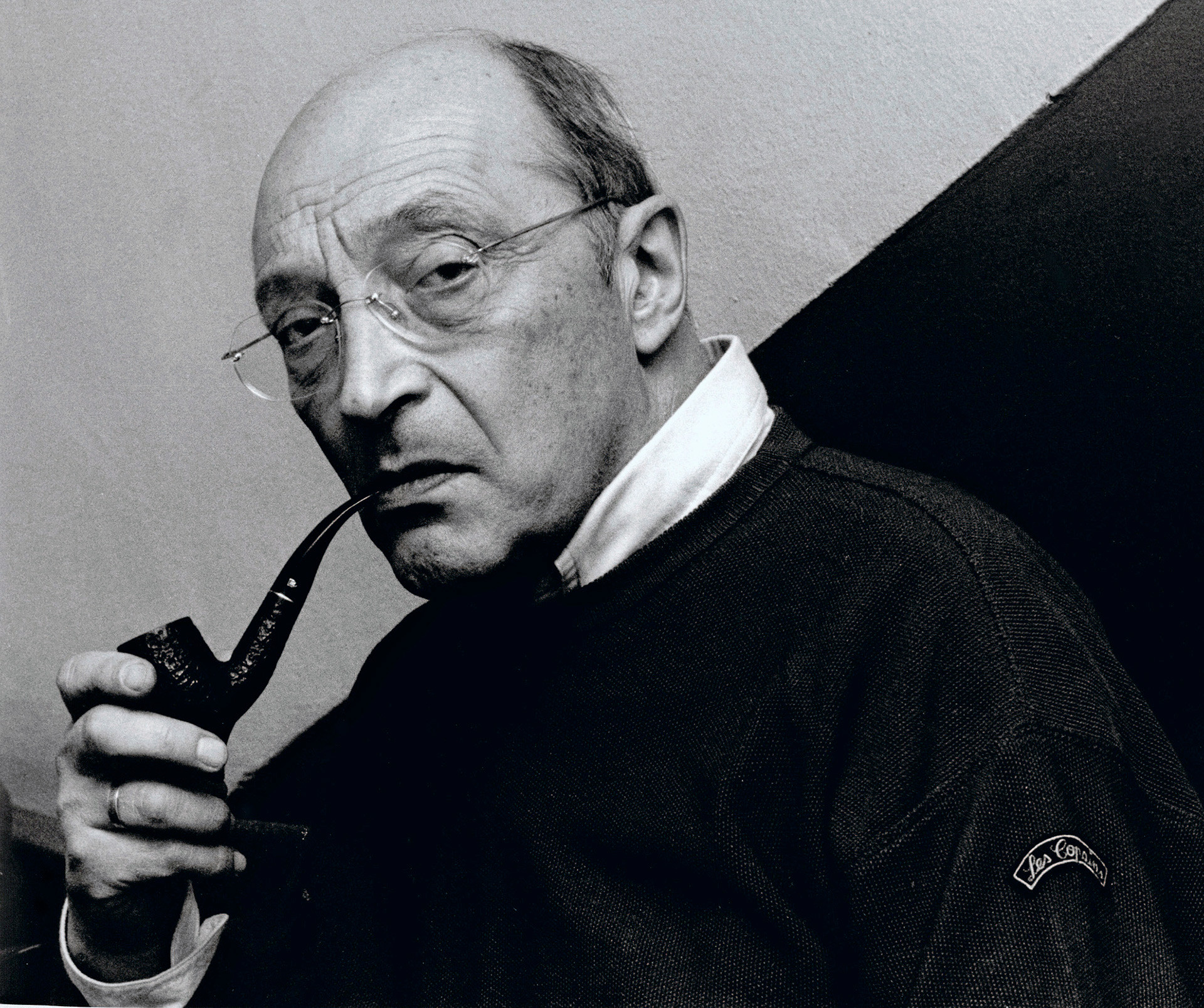Soviet Seduction Jackerman - Unraveling Its Past
Detail Author:
- Name : Columbus Tremblay PhD
- Username : kirlin.hester
- Email : upton.leora@brown.com
- Birthdate : 1979-06-23
- Address : 3250 Hessel Roads Port Quintenmouth, RI 46953-7107
- Phone : 425.775.9970
- Company : Barrows, Hill and Abshire
- Job : Social Work Teacher
- Bio : Quo quos aspernatur sed ut. Vitae ab commodi sint ab. Corporis asperiores odio blanditiis eveniet quam.
Socials
instagram:
- url : https://instagram.com/vbaumbach
- username : vbaumbach
- bio : Et unde sequi voluptates. Et sit non exercitationem autem quas quae. Sit neque aliquam corrupti et.
- followers : 4510
- following : 63
tiktok:
- url : https://tiktok.com/@vern.baumbach
- username : vern.baumbach
- bio : Vel debitis placeat praesentium dolor. Dicta qui magnam ipsa blanditiis.
- followers : 213
- following : 1832
twitter:
- url : https://twitter.com/vern.baumbach
- username : vern.baumbach
- bio : Quia minus deserunt voluptate perferendis. Deleniti et rerum tempora aut eveniet est. Fuga dolorem eos corporis ea ut quia cum fugiat.
- followers : 4388
- following : 1596
facebook:
- url : https://facebook.com/vern_official
- username : vern_official
- bio : Consequatur quaerat tenetur qui atque omnis quisquam.
- followers : 2545
- following : 2726
linkedin:
- url : https://linkedin.com/in/baumbach1978
- username : baumbach1978
- bio : Est libero autem sit et sit dolore qui.
- followers : 5952
- following : 1799
There's something about the past, especially when it involves significant historical moments, that just seems to pull you in. Think about the Soviet Union, for instance. It holds a particular kind of allure, a sort of captivating charm that many call "Soviet Seduction." It's a way of looking at how this vast country, with all its deep history and big changes, managed to leave such a lasting impression on the world. You know, it's more than just facts and dates; it's about the feeling it evokes, the stories it tells.
This immense nation, often called the USSR, really made its mark. It was, you see, a place that saw many big steps forward in both how people lived and what they could create with machines and ideas. This was a country that, in some respects, truly became a powerhouse when it came to making things and pushing boundaries in industry. It's almost as if its very existence carried a certain magnetic quality, drawing attention and sparking conversations that continue even now, shaping how we think about a whole chunk of our shared human story.
So, as we consider this historical giant, it's worth taking a closer look at what made it tick. What were its origins, how did it come to be such a big player on the global stage, and what aspects of its character might contribute to this idea of "Soviet Seduction"? We'll explore the pieces that made up this fascinating puzzle, from its very start to the broad reach of its influence, perhaps even through a lens that some might call the "Jackerman" way of seeing things – a straightforward, curious look at what was.
Table of Contents
- The Roots of a Grand Idea - Understanding Soviet Seduction
- What Was the Soviet Union, Anyway? A Look at Soviet Seduction's Beginnings
- Beyond the Iron Curtain - The Industrial Might and Soviet Seduction
- How Did Power Get Organized in the Soviet Seduction Era?
- A Cold War Connection - The Warsaw Pact and Soviet Seduction's Global Reach
- Why Did the Soviet Union Have So Many Parts? The Structure of Soviet Seduction
- More Than Just Politics - The Everyday Style of Soviet Seduction
- What Does "Soviet" Really Mean? Unpacking the Language of Soviet Seduction
The Roots of a Grand Idea - Understanding Soviet Seduction
The story of the Soviet Union, often just called the USSR, starts way back in 1922. It wasn't just one big country that popped up overnight. No, it came together through a kind of agreement, a treaty, between several smaller, separate areas. These areas were places like Byelorussia, the Russian SFSR (which was a big part of it), the Transcaucasian Federation, and Ukraine. So, you know, these places decided to link up, and that's how this whole new political body began to take shape. This coming together, in a way, marked the first steps of what would become a truly influential force, a sort of captivating presence on the global stage that perhaps contributed to its later "Soviet Seduction" appeal.
The very word "soviet" itself, which is "совет" in Russian, has a deep history. It's actually one of the oldest words in the Russian tongue. What it meant, at its core, was a group of workers who came together, a council, that followed a particular way of thinking about how society should run, a socialist way. This idea of a "workers' council" was really central to the Russian Revolution and the formation of this new state. It was, in fact, a pretty revolutionary idea at the time, giving a voice to people in a very different manner than before. This foundational concept, this coming together of people with a shared idea, perhaps gives a subtle hint to the underlying pull of "Soviet Seduction," a sense of collective purpose that was quite strong.
What Was the Soviet Union, Anyway? A Look at Soviet Seduction's Beginnings
So, what exactly was this "Soviet Union" that we hear so much about? Well, it was officially called the Union of Soviet Socialist Republics, or USSR for short. It was a massive country, really, really big. It stretched across a huge piece of land, from Russia itself all the way across to 14 other countries that surrounded it. Think of it, kind of, as a giant patchwork quilt of different peoples and places all under one big government. It was the place that took over from the old Russian Empire, and it holds the distinction of being the first country in the entire world to try out a communist system on such a grand scale. This sheer scale and its pioneering role, you see, might be part of the mystique, the "Soviet Seduction" that draws people in to learn more about its past.
This huge landmass, which was pretty much unlike anything seen before, was more than just a collection of states; it was an experiment in a new kind of society. Its formation in 1922, as a federal republic, truly marked a turning point in world events. It wasn't just a political change; it was a societal shift that aimed to reshape everything from how goods were made to how people lived their daily lives. The idea of such a vast, unified project, despite its ultimate end, still carries a certain weight, a kind of historical magnetism that, in a way, speaks to the ongoing fascination with "Soviet Seduction." It’s a story that continues to echo through history, leaving many to wonder about its unique character.
Beyond the Iron Curtain - The Industrial Might and Soviet Seduction
When you talk about the Soviet Union, it’s impossible to ignore its remarkable industrial growth. This nation, you see, became one of the most advanced places on Earth when it came to making things. They were really, really good at building factories and producing goods, especially heavy machinery and things needed for war. This push for industry wasn't just about making stuff; it was about showing the world what a different kind of economic system could achieve. They had many big wins in science and technology, and also in how they organized society. This focus on progress, this drive to build something grand, might just be another piece of the "Soviet Seduction" puzzle, a testament to a powerful ambition that shaped a whole era.
Think about it: during its time, the USSR was able to produce many significant advancements, both in how society worked and in what machines could do. They were, in fact, quite innovative. This kind of rapid progress, especially in a country built on a new set of ideas, was quite striking. It showed a capacity for immense effort and organization. This ability to transform itself into an industrial powerhouse, to achieve what it did in terms of production and scientific breakthroughs, certainly contributed to its global presence and, perhaps, to the enduring appeal of "Soviet Seduction." It was a force that, basically, demanded attention.
How Did Power Get Organized in the Soviet Seduction Era?
So, with such a big and ambitious country, how did they actually run things? Well, the government of the Soviet Union had its own way of doing business. They used their executive powers, which means their ability to make decisions and carry them out, in a way that followed the country's main rule book, its constitution. They also stuck to the laws that were passed by their top legislative body, which was called the Supreme Soviet. It was, I mean, a very structured system, designed to keep things in line with their specific political ideas. This structure, this way of governing, was a key part of how the "Soviet Seduction" played out on a day-to-day basis, influencing every aspect of life.
There was, however, a period of change and struggle within this system. After a significant death in 1924, a kind of competition for control began. This internal push and pull was a big part of the early years, shaping who would lead and how the country would move forward. Even with these internal shifts, the overall framework of government remained. It was a system that, literally, aimed to manage a vast population and a huge land area, all while trying to put a particular set of political beliefs into practice. This constant effort to organize and direct, to keep such a huge machine running, shows a certain kind of enduring power that perhaps adds to the historical draw of "Soviet Seduction."
A Cold War Connection - The Warsaw Pact and Soviet Seduction's Global Reach
The Soviet Union didn't exist in a bubble; it was very much a player on the world stage, especially after World War II. A big part of its global influence came from its reaction to another group of countries, the North Atlantic Treaty Organization, or NATO. In 1955, the Soviet Union decided to bring together its own group of countries, mostly those in Eastern Europe, under a shared agreement. This new group was called the Warsaw Pact. This move was a direct response to NATO, and it really set the stage for what we now call the Cold War. It was, well, a period of intense rivalry and tension without direct fighting, and it shaped global events for decades. This creation of a powerful counter-alliance, this consolidation of influence, certainly highlights the expansive nature of "Soviet Seduction" in terms of its global impact and political maneuvering.
The formation of the Warsaw Pact showed how the Soviet Union aimed to project its strength and its way of thinking across a wider area. It was a way of making sure that countries close to it were aligned with its goals, creating a kind of buffer and a united front. This action, you know, created two big opposing sides in the world, each with its own ideas about how things should be. The very existence of this pact, and the global standoff it created, made the Soviet Union a central figure in international affairs. This significant role in shaping the geopolitical map, this ability to draw others into its orbit, truly speaks to a kind of powerful historical "Soviet Seduction" that continues to be examined and discussed.
Why Did the Soviet Union Have So Many Parts? The Structure of Soviet Seduction
You might wonder why a single country like the Soviet Union had so many different pieces. Well, it was actually made up of 15 separate parts, each called a republic. These weren't just provinces or states in the usual sense; they were distinct units, each with its own history and identity, yet all bound together under the larger Soviet umbrella. The initial four republics that formed the union in 1922 – Byelorussia, the Russian SFSR, the Transcaucasian Federation, and Ukraine – were just the beginning. Over time, other republics joined in, making the union even larger and more diverse. This sprawling structure, this collection of different peoples and places, perhaps adds another layer to the idea of "Soviet Seduction," showing how a central idea could draw in so many distinct elements.
This structure, with its many republics, meant that the Soviet Union was a truly vast and varied place. It stretched across an enormous amount of land, encompassing many different cultures and languages. The idea was to create a single, unified state while still acknowledging the distinct parts that made it up. This ambition to bring together so much under one banner, to manage such a diverse collection of territories, was a huge undertaking. It gives us a sense of the sheer scale of the Soviet project and, you know, the powerful vision that drove its creation. This ability to encompass so much, to project a singular identity over such a broad landscape, could certainly be seen as a key aspect of its historical "Soviet Seduction."
More Than Just Politics - The Everyday Style of Soviet Seduction
When we talk about "Soviet Seduction," it’s not just about grand political moves or industrial might. It also has a place in the everyday, in how people lived and what they wore. Think about something like "Soviet denim." This wasn't just clothing; it was a statement. It brought a certain kind of bold, city-ready look, with jeans, shoes, and clothes made for walking the streets. It was about looking good without trying too hard, feeling sure of yourself, and always being on point with your appearance. This kind of style, this way of presenting oneself, was a subtle yet powerful form of influence, a kind of cultural pull that extended beyond the political system. It suggests that the appeal, the "seduction," was present even in the fabric of daily life, literally.
This idea of "effortless, confident, and always on point" fashion shows that the Soviet era had its own distinct sense of cool, a kind of quiet confidence in its own way of doing things. It wasn't just about what the government was doing; it was about how individuals expressed themselves within that framework. This type of clothing, this particular fashion sense, speaks to a broader cultural identity that was forming. It shows that the influence, the "Soviet Seduction," wasn't just top-down, but also seeped into the choices people made about how they looked and felt. It’s a very real example of how a particular time and place can leave a mark on even the most personal aspects of life.
What Does "Soviet" Really Mean? Unpacking the Language of Soviet Seduction
We’ve used the word "soviet" quite a bit, but what does it truly mean? The word itself, "совет" (sovet) in Russian, is actually a very old word in the Russian language. It’s been around for a long, long time. Its meaning, especially in the context of the Soviet Union, is an elected group of people, a council, that makes decisions in a country run by a communist system. So, it's not just a random word; it has a very specific and deep meaning tied to the political structure and the ideas that shaped the nation. This core meaning, this foundational concept, is really at the heart of understanding the unique character and, you know, the historical "Soviet Seduction" that we've been talking about.
To use "soviet" in a sentence, you might say something like, "The local soviet met to discuss community improvements," showing its role as a governing body. Or, "The word 'soviet' became synonymous with a particular political experiment." This simple word, therefore, carries a lot of weight and history. It's a key to understanding the kind of government and the kind of society that the Soviet Union aimed to create. This deep-rooted meaning, this connection to a specific way of organizing people and power, gives the term a particular kind of historical resonance, a sort of intellectual "Soviet Seduction" for those who study its past.
So, we've taken a look at the Soviet Union, from its beginnings as a union of several republics to its role as a major industrial force. We've explored how its government was set up, its part in the Cold War with the Warsaw Pact, and even touched on how its cultural influence, like "Soviet denim," played a part. We also considered the very meaning of the word "soviet" itself. This exploration gives us a better sense of why this vast country, the USSR, holds such a unique place in history, a place that, for many, carries a distinct kind of "Soviet Seduction."

Seduction Strapback – One Block Down

Seduction Of The World Strapback – One Block Down

Seduction, espionage and humor: How the KGB recruited famous Soviet